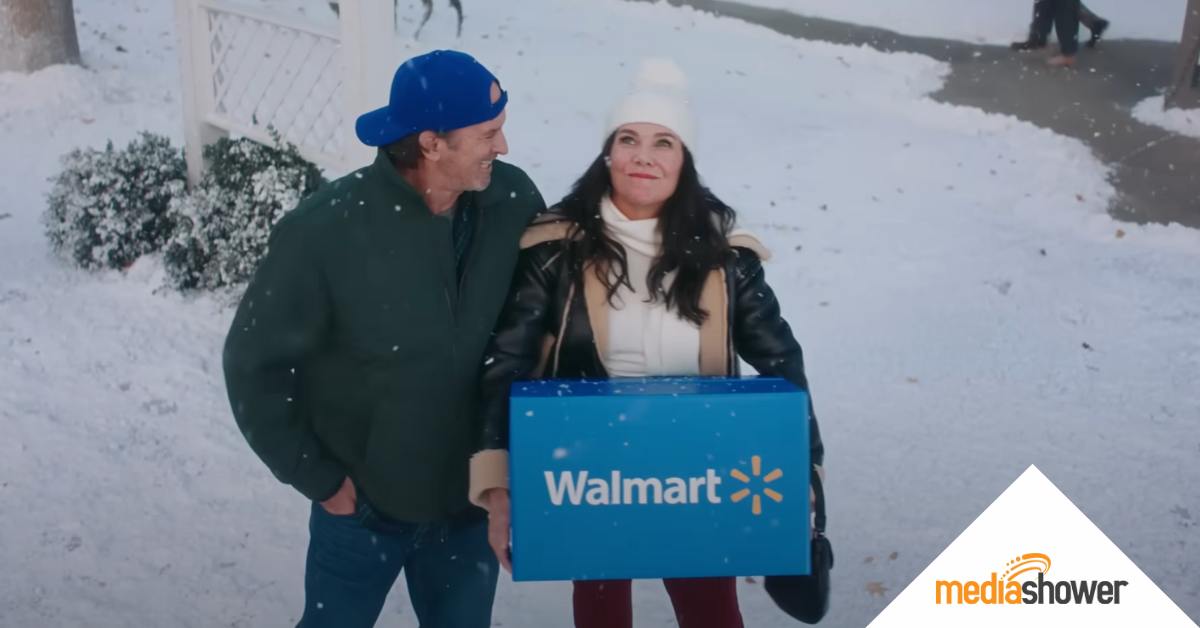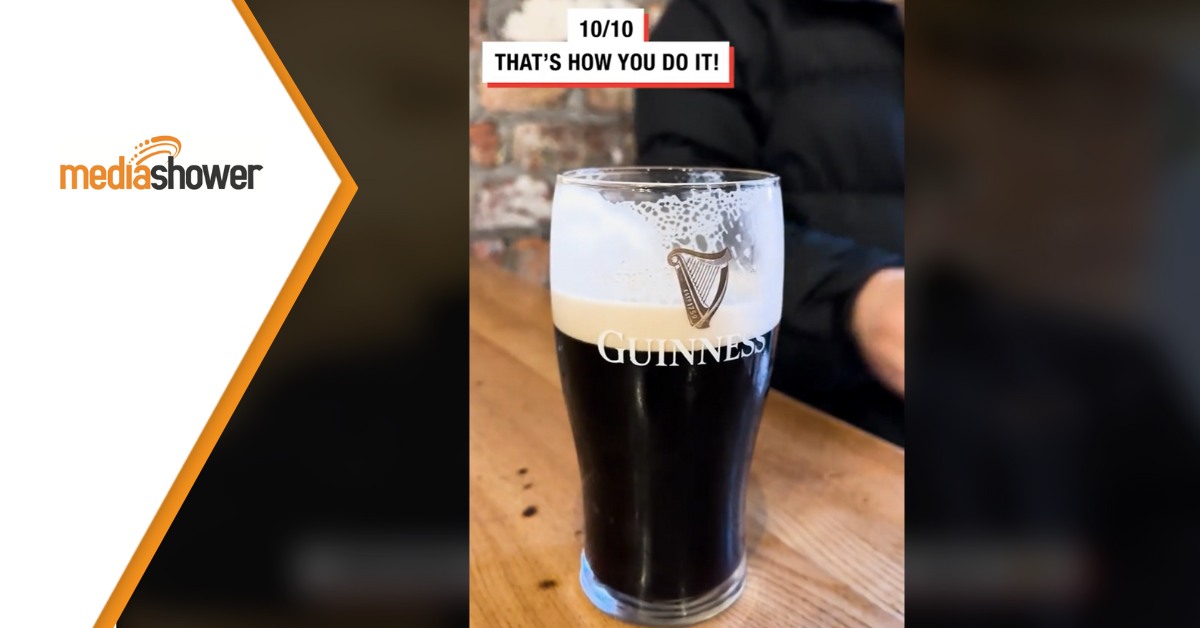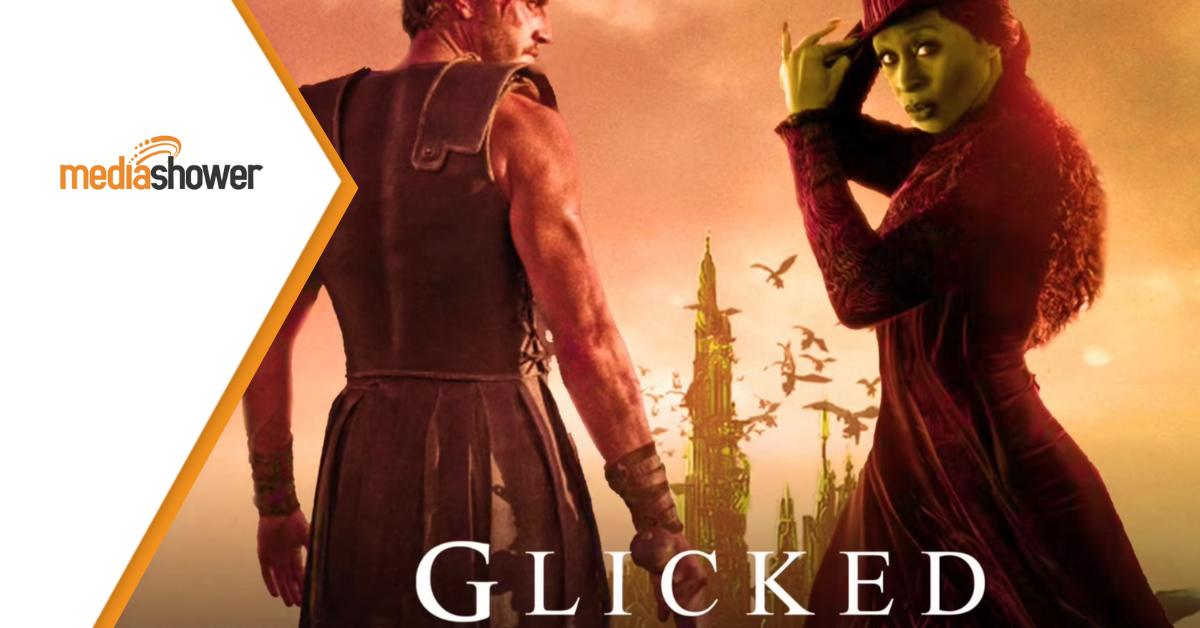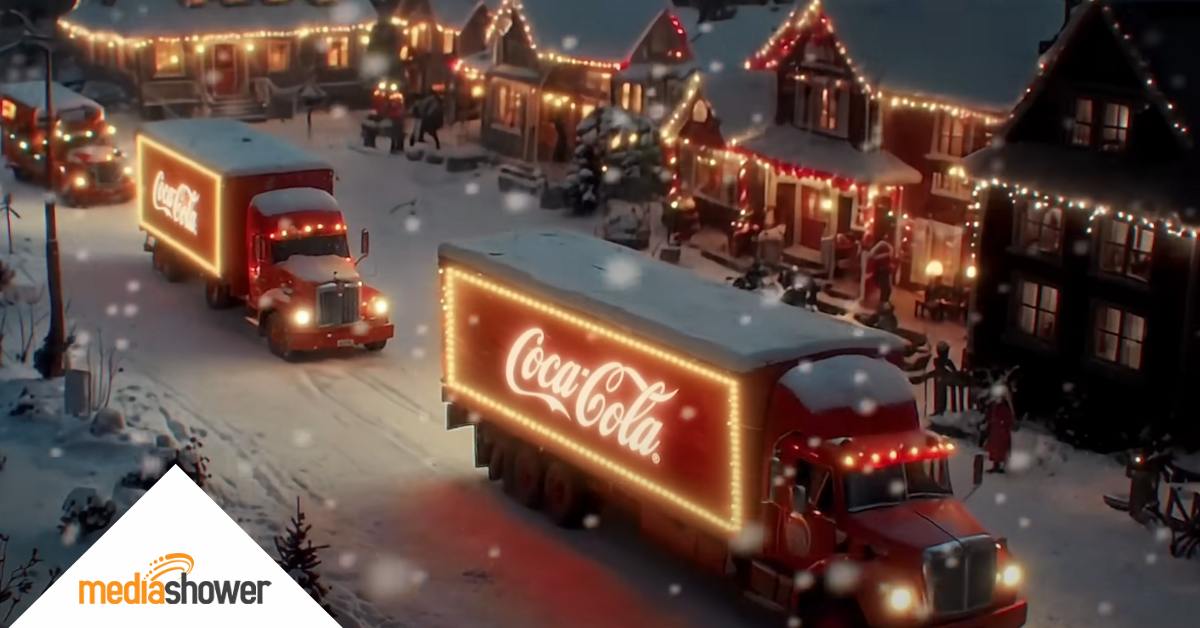
Quick Summary
- Bold move. Coca-Cola shocked everyone in 2024 by handing their cherished 2024 Christmas campaign entirely over to AI.
- Audience surprise. The visuals were stunning. The public reaction? Let’s just say not everyone was ready to trade tradition for special effects.
- Hard lesson. Sometimes the fanciest technology can’t replace good old-fashioned storytelling—especially during the holidays.
Coca-Cola just conducted a massive marketing experiment, and the results were . . . interesting. In the holiday season of 2024, Coke decided to shake things up by creating their entire Christmas campaign using artificial intelligence.
What happened next taught the marketing world some unexpected lessons about tradition, technology, and timing.
The controversy surrounding the campaign proved that technology can enhance creativity, but AI alone isn’t enough; it’s the human touch that brings heart to a story.
The Holiday Magic Is Coming, 2024
Background
For more than 30 years, Coke’s holiday ads have been as much a part of Christmas as candy canes. The glowing red trucks rolling through town, families gathering at windows, and kids pointing in wonder hit the sweet spot year after year.
But in 2024, Coca-Cola decided to try something different. They partnered with top AI studios to reimagine their holiday storytelling for the digital age. The goal was to create something revolutionary that would dazzle a new generation.
Spoiler alert: Sometimes revolution isn’t what people want for Christmas.
Campaign Overview
Secret Santa, 2024
For the 2024 holiday campaign, Coke collaborated with AI studios Secret Level, Silverside AI, and Wild Card. The campaign featured three short AI-generated videos highlighting Coca-Cola trucks in fantastical, wintery settings.
Each ad depicted vibrant characters, immersive environments, and hyper-detailed visuals crafted entirely by AI.
They spread like wildfire across platforms, grabbing millions of views and lots of attention, though not for the reasons Coca-Cola hoped.
What Coca-Cola Got Right
- Visual power. The campaign pushed creative boundaries into another dimension, serving up eye candy that had viewers hitting replay just to catch all the details.
- Global impact. These ads crossed borders effortlessly, speaking the universal language of spectacle.
- Brand presence. Those red trucks still commanded attention, keeping Coca-Cola’s signature style front and center.
Innovative, Yes. But . . .
While the ad was a spectacular technical achievement, the campaign’s biggest strength—its all-in commitment to AI—turned out to be its Achilles’ heel. The scenes looked amazing, but viewers felt something crucial was missing.
All that perfect rendering couldn’t capture the messy, joyful reality of human connection.
While AI can create art, it struggles to replicate heart.
The Controversy
“Holidays are Coming,” The Original, 1995
The public reaction hit hard and fast. While tech enthusiasts celebrated the achievement, loyal viewers felt blindsided. Social media exploded with hot takes, and not all of them were merry and bright.
Social media reactions frequently criticized the lack of warmth and connection—a hallmark of Coca-Cola’s usual campaigns.
Comments from YouTube users are overwhelmingly negative. (We had to search long and hard to find a positive one.) The comments below are highly representative:
- “”Always the real thing” OH the IRONY! 🤣”
- “Nothing like celebrating the spirit of Christmas with the most soulless commercial possible.”
- “I don’t know why everyone’s saying this ad’s so terrible. Best Pepsi commercial I’ve seen in a while.”
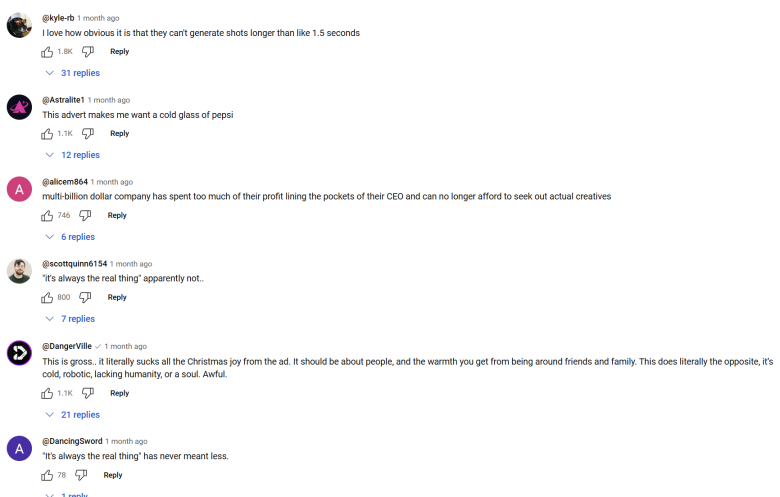
Marketing experts like Adweek and ANA joined the conversation, noting that while the execution was flawless, the soul of the campaign had gotten lost in translation.
Impact and Results
While Coca-Cola doesn’t release marketing metrics, the campaign’s reach was massive. And not all the numbers were bad.
The three ads in the campaign were successful in earning attention and brand recall (paywall) in independent testing, and even scored higher for inducing cravings than the 2020 version—perhaps because the 2024 ad began with a person opening a Coke, which earlier versions did not.
The campaign also generated significant buzz across social media platforms, However, much of that engagement came from people debating what was missing rather than celebrating what was new.
Coca-Cola proved they could still dominate the conversation, just not in the way they planned.
Although millions of people have watched the new holiday ads, the overwhelmingly negative consumer sentiment highlighted the fact that technology alone isn’t enough to create lasting connections.
Marketer Takeaways
While Coca-Cola’s campaign took bold steps into the future, it left many people yearning for the real thing.
Here’s what marketers can learn from Coke’s cautionary tale:
- Blend technology with humanity. Innovation is great, but don’t let it overshadow authentic connection. The fanciest tech in the world can’t beat genuine human emotion.
- Stay true to brand values. Some brand traditions are classics for a reason. Before you remix your greatest hits, make sure you understand why people loved the original.
- Test audience reactions early. Use small focus groups to gauge public sentiment, especially when experimenting with unfamiliar tools like AI. You’ll be able to course-correct before full-scale launches.
At Media Shower, our AI platform works hand-in-hand with our expert human team to craft campaigns that turn heads AND touch hearts. Click here for a free trial.
